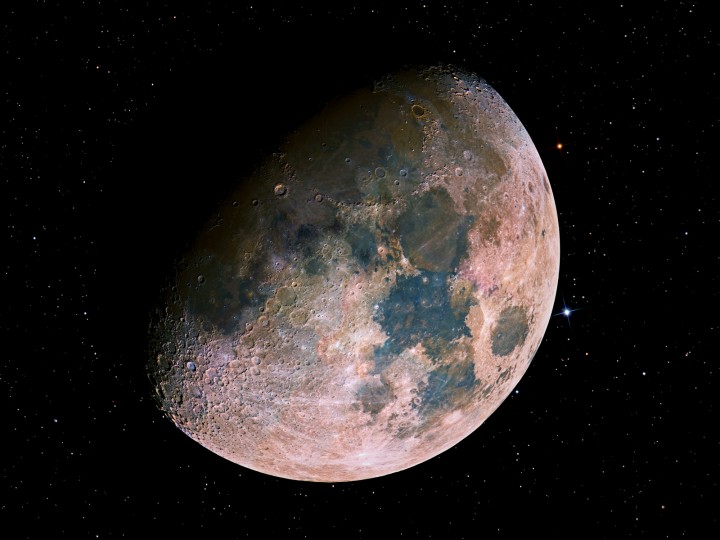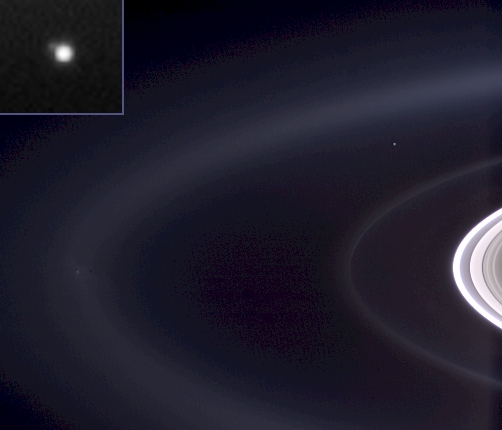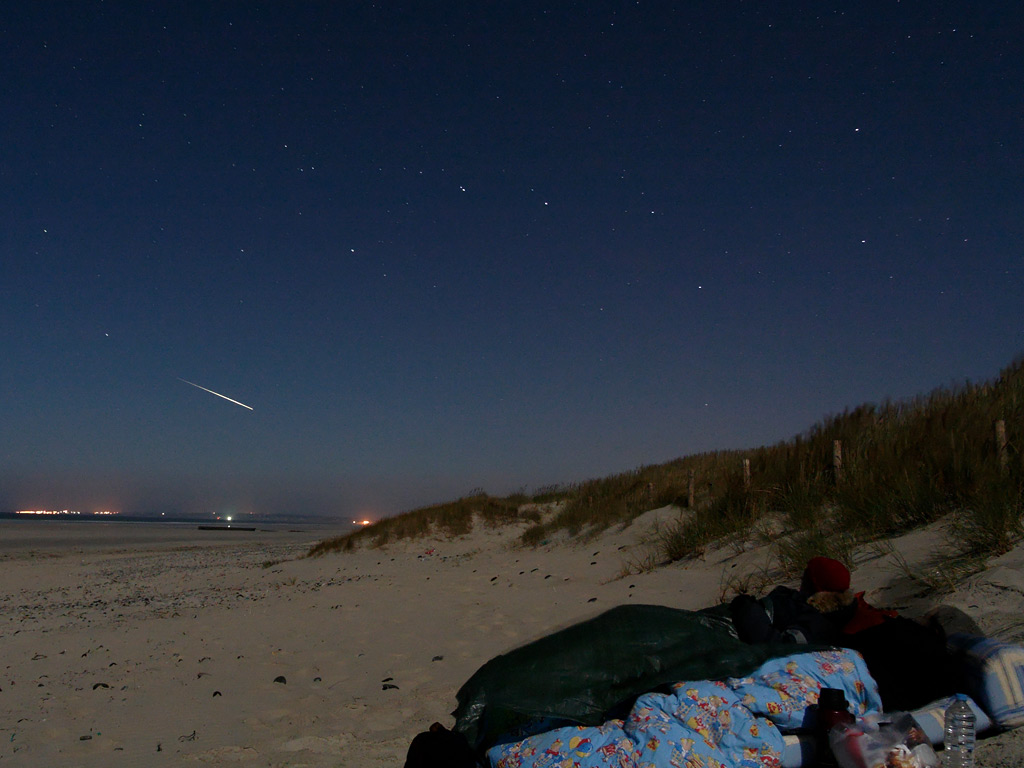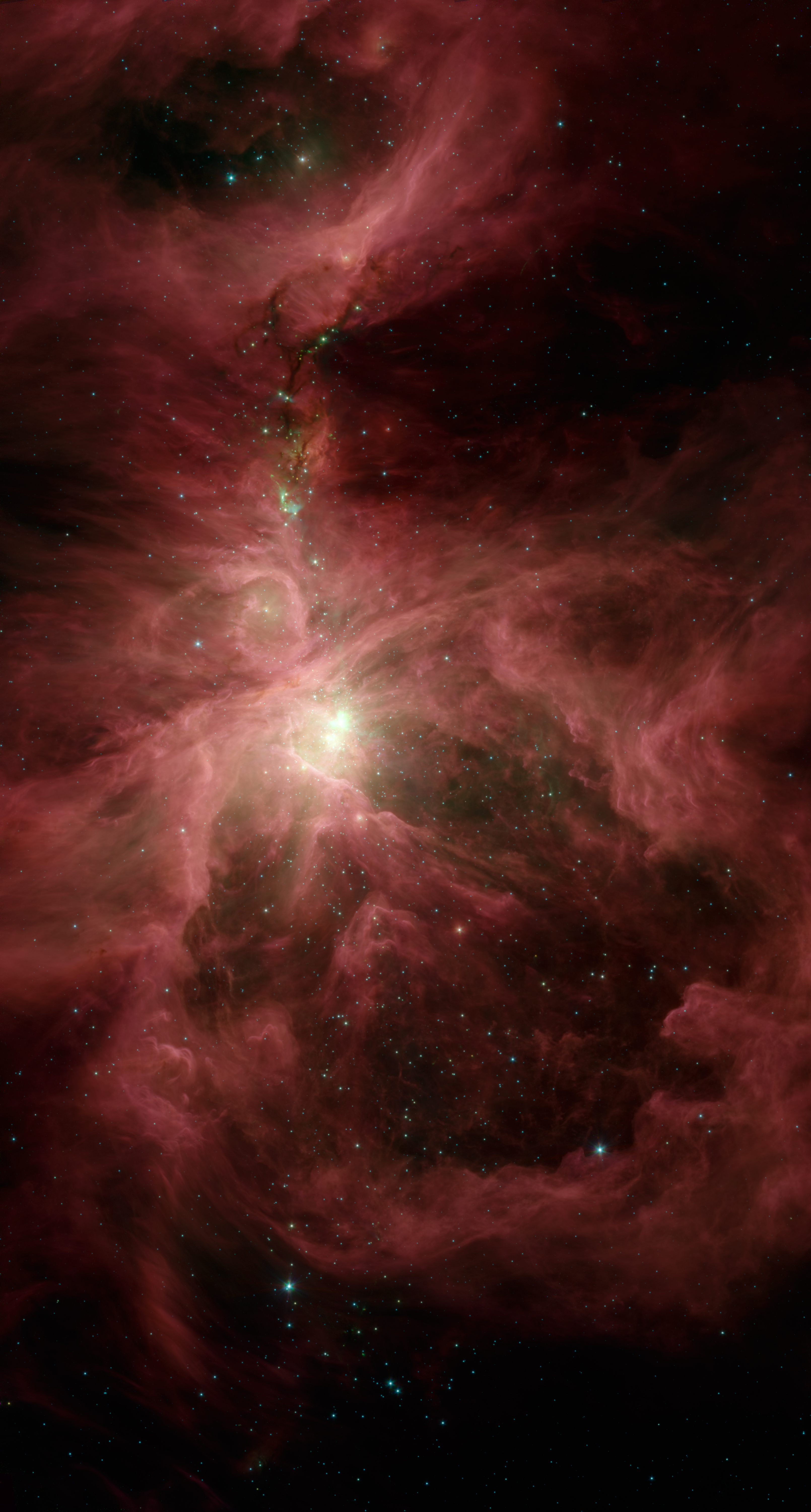"Is it over there by those four stars?"
"Which four?"
Observations Part 1 it is currently early Sunday morning, 1:07 AM, at Jonathan Lazin's House. Paul, Lazin, and I first left to the docks by the house at around 11:20, but we didn't inititially know where in the sky to look. We were in the middle of Sarasota Bay, virtually surrounded by lights and buildings. We think it's about 85 degrees outside.The skies were mostly clear, with small packets of cloud scattered across the night sky. The moon shone prominently, and we predicted that this would be a problem with trying to spot the meteors. We began to think we saw flashes of light, but then Lazin and I saw a real meteor fly over our heads. Here I'll put a rough summary of whata we saw, where, when, and who saw it:
11:32PM- Me and Lazin see one overhead, and we recall it heading approximatley south.
11:36PM- Paul sees another one, but doesn't recall the direction.
At this point, we decide to go back to Lazin's house and observe the meteors from his roof. As soon as we get on top, Paul identifies the Persius constellation.
11:45PM- I see a brilliant flash of light heading south. I think it was a "fireball" Mr. P described to us Paul and Lazin were messing on Lazin's laptop and missed it.
At this point, we begin to write down the times, instead of trying to remember them.
12:08AM- Paul and I see one. Don't remember the direction.
12:21AM-Lazin sees one. Does not remember direction.
12:20AM-Lazin and Paul observe "UFOs," stars that move up, down, and sideways. I later see one of the alleged "drunk drivers of the sky," but we conclude that it may have been an illusion caused by the brightness of the moon.
12:23AM- The three of us see a meteor traveling northwest. We begin record the direction of the shooting stars at this point. We also note that this is the first shooting star we see that does not seem to originate from the general area of the Persius.
12:25AM- I spot one moving West.
12:27AM- Paul spots one moving west.
12:31AM- Lazin spots one moving southwest.
12:38AM- I spot one moving northeast. This one also does not originate from Persius.
12:40AM- Pual and I spot one moving northeast.
12:42AM- Lazin and Paul spot one moving northeast.
12:43AM- The three of us spot one moving south.
12:50AM- Paul spots one moving south.
Very soon after this, we realize the Percival told us the the meteor shower would start in earnest at 1:30. We decide we want a break from the heat and the bugs. We head inside, and will go back out in 20 minutes.




























